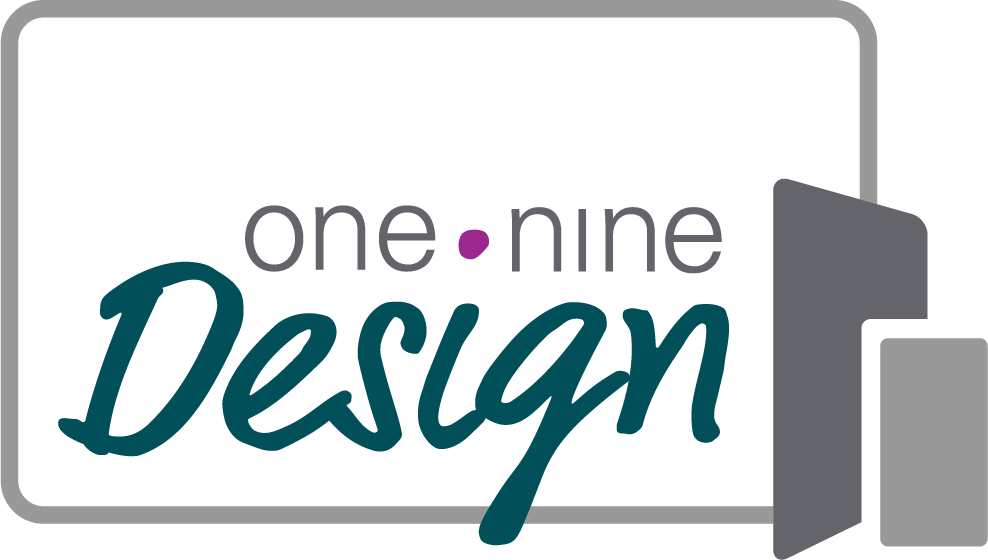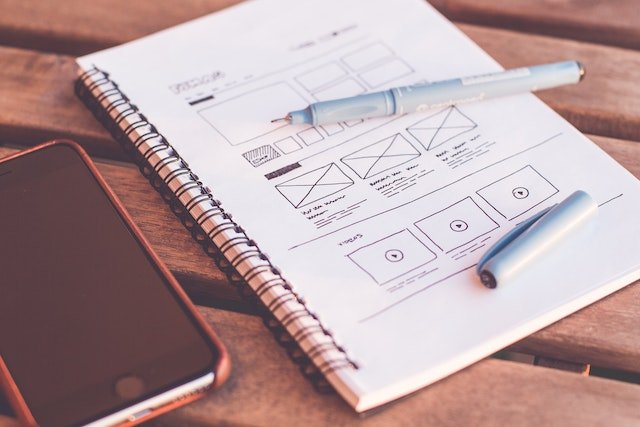A Deep Dive into UX: Tools and Techniques for Modern Design
Creating an app or website that looks amazing and is easy for users to understand and navigate is an aspiration of every designer.
User experience, commonly referred to as UX, plays a significant role in shaping the digital design of a successful service or product digital platform, as it keeps your user at the heart of everything.
Given that user expectations are evolving it is crucial to invest in UX design and provide an experience that encourages users to repeatedly engage with your product, app or website.
I thought it would be helpful to look deeper into the tools and techniques businesses use to develop modern and user-centric designs. The better we understand our options, as business owners, the more we can prioritize user experience in all phases of the design process.
What is User Experience?
User experience refers to the personal encounter your users have with your products or applications interface. For instance, if someone is shopping online and finds your purchasing process lengthy and complicated, it indicates your website has a bad UX. This prompts the user to look for different platforms where the buying experience is more streamlined and straightforward.
Remember that in today’s competitive landscape, UX serves as a distinguishing factor and can be the difference between getting the sale and losing a potential lifelong customer. (Read this guide to UX design to explore insights from industry professionals.)
Tools for Effective UX Design
When it comes to UX design, the focus must be on creating intuitive and visually appealing interfaces or apps. To achieve this goal, UX designers depend upon a range of UX tools that streamline their workflows and create an amazing user experience. Because it can be overwhelming to even know what tools are out there, let alone which ones to choose, I’ve done some of the hard work for you! Let’s look at:
UX research tools
Wireframing and prototyping
User testing tools
UX research tools
Before beginning any design (or redesign) of a website or app, it’s critical to know the top goal for the platform (do you want sales, leads, donations, etc.), as much about your audience as you can (of course), and even bigger, why a user will be coming to your site or app to begin with. Surveys and polls are a great place to start to gather this information.
Here are a few survey/poll UX research tools to consider:
Maze: Maze is a UX research tool that allows you to measure user satisfaction, understand user feedback, and test new ideas using various surveys. The streamlined set-up process helps you create surveys, experiments, interviews, and tests. It also allows users to create open and closed-block questions to customize their survey.
SurveyMonkey: SurveyMonkey is another tool helping you collect user feedback. Their new AI feature even allows you to create optimized surveys. It's a relatively easy and simple tool to create surveys that deliver the required insights, and can be integrated into many websites - a big bonus!
Wireframing and prototyping
Wireframes and prototype tools help you visualize and validate your design concepts before you invest in development. These tools also help you communicate and test layout, ideas, and functionality.
Prototypes provide valuable insights into user interactions and give your stakeholders a complete overview of the final product. These tools allow quick iterations and feedback, resulting in more user-friendly design solutions.
Here are some wireframing and prototyping tools to check out:
Balsamiq: Balsamiq focuses on low-fidelity wireframes and uses cartoon and hand-drawn styles to display your app's elements. This removes complexity from your design, helping you decide the placement of various elements.
With Balsamiq, you reproduce the experience of sketching on a whiteboard. However, the tool does not work on mobile wireframes.
Figma: Figma is a leading tool allowing you to co-edit your designs with colleagues. Interestingly, it supports design systems management, vector network, and prototyping. Besides this, the tool offers an interface allowing you to insert animation or elements to create high-fidelity prototypes.
Figma isn't specially designed for creating wireframes, yet serves various design functions and purposes. (Side note: when I first started out designing nonprofit websites, I used Figma in my early design process and loved it!)
Sketch: Sketch offers an intuitive and simple interface and focuses on creating a compelling modern UI and icon vector design. Its interface is much easier and simpler than Adobe Illustrator. If you’re a Mac-based designer, use Sketch to create wireframes using a combination of vector design shapes and artboards. On the downside, Sketch is not available for Windows users.
User testing tools
User testing is a critical factor for any user-centric business. The valuable insights you derive from user tests increase conversion rates and build brand loyalty. Companies depend on user testing tools because they help you build better products. With these tools, your users remain at the top of your mind at every step.
Here are some popular user testing tools that provide you with the data you require to delight your users:
Hotjar: Hotjar is a revolutionary digital experience insight platform that gives you essential information on how users interact with and feel about your app. The platform provides heat maps, which help you visualize where users engage the most on your app.
And, using the session recording feature, you understand how users navigate your website. This helps you identify potential usability issues in your website or app. I love Hotjar for understanding which call-to-action buttons are working, which sections of the website are never read, and more! It’s like having supercharged analytics.
UserTesting: UserTesting is an intuitive platform enabling businesses and designers to conduct usability testing, user surveys, and interviews. It provides a video-first platform that helps you run usability tests and lets you witness user experiences in real-time.
Using the video platform, you get to see the user’s facial expression, hear their voice tones, and witness their reaction when interacting with your app for the first time.
Techniques for UX Design
After exploring the tools, it’s time to explore UX design techniques businesses use to understand what users think and why they behave in a certain way. Here are some example UX design techniques:
A/B testing
A/B testing is a quantitative method designers and businesses use to find the best-performing version of a call-to-action or image. During the testing process, users are randomly shown two design variants to find out which variant performs the best. The variant which compels more users to take the desired action is the winner.
For instance, Grene recreated and redesigned the mini cart and saw a two-times increase in their purchase quantity. (Source) We’ve been using A/B testing for years in the nonprofit space (testing out email appeals, donor letter text, etc.), but it’s absolutely relevant to businesses, too!
Card sorting
Card sorting allows you to discover how users understand and categorize information. In card sorting, users sort content topics into categories they feel make sense.
This technique helps you understand what users expect from a site, allowing you to create a site structure that matches how a user thinks.
You use actual cards, pieces of paper, or various online card-sorting software tools to conduct a card sort. Card sorting enables you to see how users would organize this information.
Benefits of using card sorting:
Helps you make informed decisions based on user’s expectations
Helps you understand how users expect the information architecture of a website
Provides insights into the user’s perspective
Allows you to collect new ideas (generating new categories or sub-groups) from your users
Simple and cost-effective method
When conducting a card sort with multiple patterns, you will discover patterns that help you organize the product's information architecture (IA) in a way that makes sense to your users. (source)
Journey mapping
Journey mapping in user experience research represents what users must do to reach the intended goal and outlines their experiences with your brand. The goal might be signing up for a service, clicking on a link, or purchasing a product or service.
This mapping helps you understand where users face pain points and what you can do to improve their experience. Understanding your user helps you decide what positive action to take and what business problems you will encounter in the future.
A journey map includes personas, timelines, touchpoints, emotions, interaction channels, and some moments of truth. By mapping out a user's journey, you identify opportunities to enhance user satisfaction and build a more viable and engaging product.
For example, TurboTax created a user journey map to understand the overall user experiences with their new product. Using the journey map, the company understood the user's pain points, and found solutions to overcome them. (source)
System usability scale (SUS)
Understanding your app’s usability plays a critical role in ensuring user satisfaction. Users will search for better alternatives if your app is hard to use. To ensure you don’t fall into this death trap, consider using the system usability scale.
SUS is a ten-question Likert scale questionnaire for subjective evaluation of your app’s usability. Your users rank each questionnaire statement on a scale of 1 (strongly agree) to 5 (strongly disagree).
Using SUS, you measure a range of usability factors, including:
Efficiency
Ease
Satisfaction
Intuitiveness
Companies rely on this questionnaire because it provides an overview of how usable your app is, it’s easy to use, and it allows you to repeat the same questionnaire on different products or apps. (Source)
Design better products and apps
Your digital products and apps will be a success only when the interaction between your website or app and users is as intuitive as possible. Each of the tools and techniques mentioned above helps get you there, creating designs that delight your users and deliver superior experiences.
Investing in these techniques can be time consuming, however, it’s worth the investment to help you build a stronger relationship with your users while differentiating your business from competitors.
You might find these related posts helpful…






